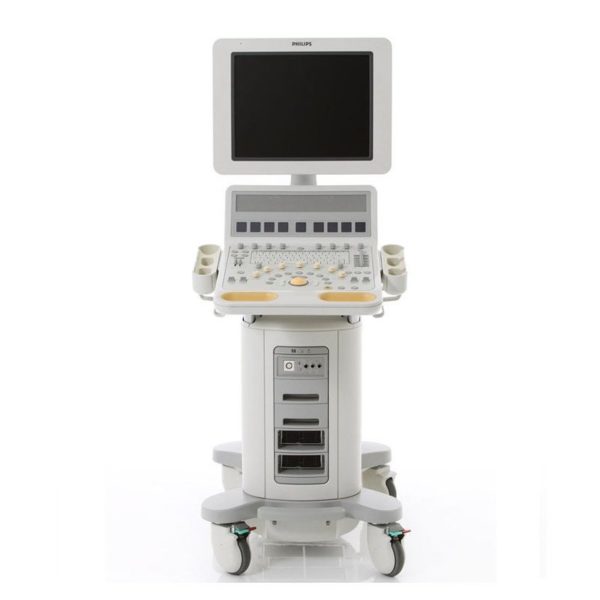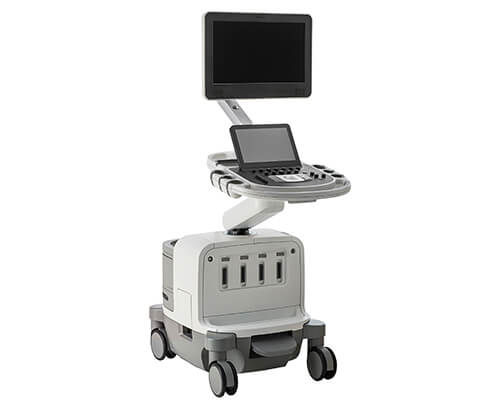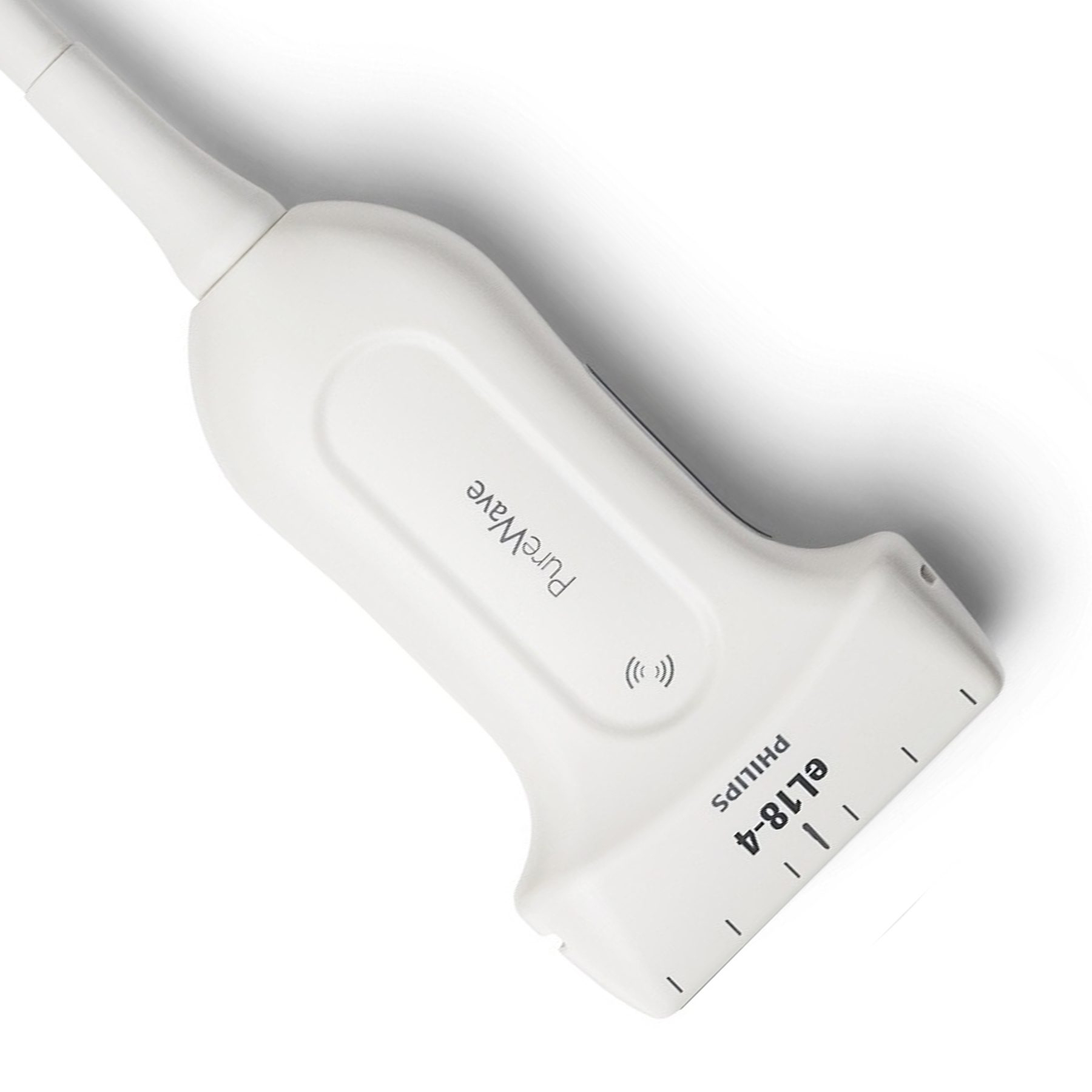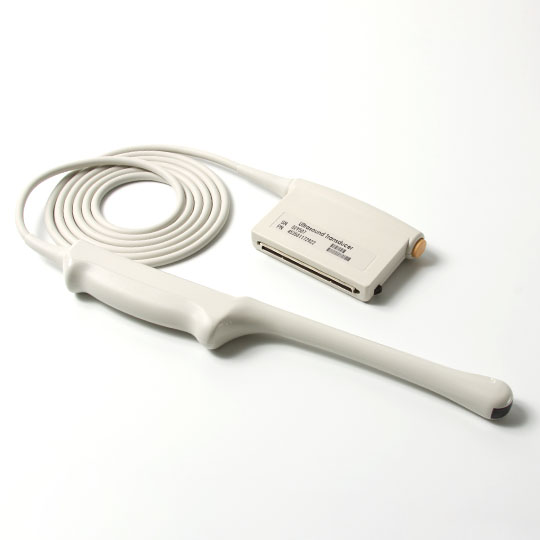Medical imaging has become an indispensable tool in healthcare, providing invaluable insights into the human body's intricate structures. Magnetic Resonance Imaging (MRI) and Ultrasound are two of the most famous imaging methods accessible. In this article, we will delve into the depths of these two technologies, exploring what they are, understanding their key differences, and offering insights into how one might choose between them.
What Is An MRI?
Magnetic Resonance Imaging, or MRI, is a non-invasive imaging procedure that generates precise pictures of the body's interior structures using strong magnets and radio waves. It excels in capturing high-resolution images of soft tissues, making it an invaluable tool for diagnosing a wide range of medical conditions, from neurological disorders to musculoskeletal injuries.
What Is Ultrasound?
Ultrasound, on the other hand, operates on the principles of sound waves. By emitting high-frequency sound waves and capturing the echoes as they bounce back, ultrasound creates real-time images of the body's internal organs and structures. Ultrasound is very good at detecting moving structures, such as the beating heart or a growing baby during pregnancy.

Key Differences Between MRIs And Ultrasounds
Here are some key differences between MRIs and Ultrasounds:
Imaging Depth
MRI's forte lies in imaging deep-seated structures, making it ideal for investigating conditions affecting internal organs and tissues beneath the skin. Magnetic fields and radio waves enter the body, recording minute details.
Ultrasound, however, excels at imaging structures close to the body's surface. It is extremely useful for seeing superficial organs, diagnosing abdominal anomalies, and tracking real-time movements such as a growing fetus during pregnancy.
Resolution
MRI has remarkable resolution, allowing for clear imaging of soft tissues. This makes it an invaluable tool for identifying subtle abnormalities in organs, joints, and the central nervous system.
Ultrasound, while offering real-time imaging, generally has lower resolution compared to MRI. However, it is still quite good at seeing moving structures, making it especially useful for obstetric and cardiac investigations.

Safety And Contrast Agents
MRI is considered safe as it does not involve ionizing radiation. Contrast agents, like as gadolinium, can be used to enhance certain structures, assisting in the identification of certain illnesses.
Ultrasound is fundamentally safe since it uses sound waves and does not expose patients to ionizing radiation. Contrast agents are typically not required for routine imaging, further contributing to its safety profile.
How To Choose Between Them?
The choice between MRI and ultrasound is based on numerous critical aspects, which healthcare professionals carefully evaluate to provide the most successful diagnostic method.
Clinical Indications
The nature of the medical condition often dictates the choice between MRI and ultrasound. MRI is frequently the preferred option for detailed images of soft tissues, such as the brain, spinal cord, or joints. The high-resolution capabilities of MRI benefit neurological illnesses, musculoskeletal injuries, and certain oncological examinations greatly.
On the other hand, ultrasound shines in scenarios where real-time imaging or dynamic processes need to be monitored. Ultrasound is commonly used in obstetric exams for tracking fetal progress, heart evaluations, and abdominal imaging.
Imaging Depth And Specificity
Consideration of the depth of the structures to be imaged is pivotal. If the target is deep-seated, such as organs in the abdomen or brain abnormalities, MRI is the ideal alternative due to its penetrating capabilities and greater resolution.
Conversely, the capacity of ultrasound to generate precise pictures near the body's surface is useful for superficial structures or operations requiring a closer study of the skin and underlying tissues. This is particularly relevant when precision is needed, such as guiding needle biopsies or assessing superficial lymph nodes.

Patient Factors
Patient-specific considerations also play a role in the decision-making process. Factors such as contraindications to MRI, such as the presence of certain metallic implants or claustrophobia, may guide the choice towards ultrasound. Furthermore, the patient's medical history, general health, and the necessity for repeat imaging all impact the best modality.
Cost And Availability
Practical considerations, including cost and availability, also influence the decision. MRI is often more expensive and may have limited availability compared to ultrasound. The decision between the two modalities may be influenced by the urgency of the test, cost concerns, and the availability of specialist equipment.
Clinical Expertise
The knowledge of healthcare professionals, as well as the availability of technological resources, play a role in the decision-making process. Specialized training is often required for both interpreting MRI images and performing ultrasound examinations. The proficiency of the medical team and the availability of skilled technicians contribute to the overall success and accuracy of the diagnostic process.
Conclusion
As technology advances, the synergy between MRI and ultrasound continues to redefine diagnostic possibilities. A well-informed choice of imaging modalities provides individualized approaches to patient treatment, giving healthcare practitioners the tools they need to unravel the intricacies of the human body. If you are looking for a top-quality ultrasound machine, look no further than Xity! We specialize in offering a wide range of ultrasound equipment including ultrasound machines, ultrasound probes, etc. Choose us and upgrade your business now!
 English
English
 Русский
Русский






